The Tanagra Audio Lotus loudspeakers
| A French Gem |
|
|
|
October, 2011 |
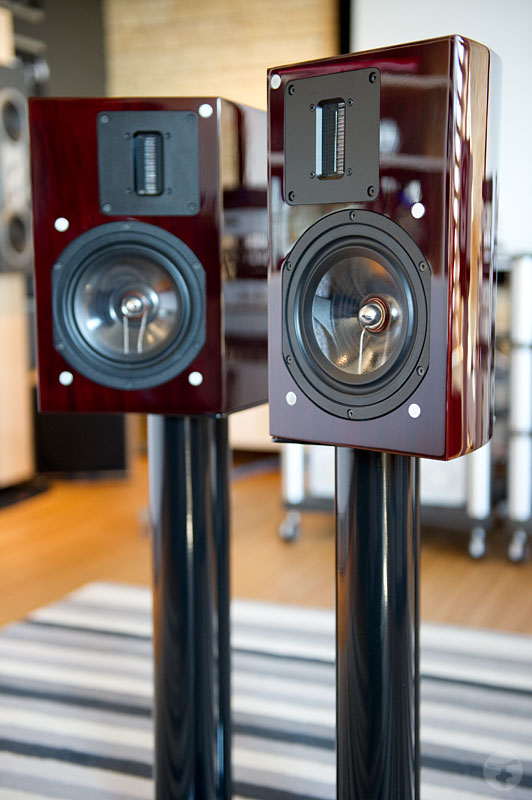
My first visit to Germany’s High End electronics show, Europe’s biggest and boldest, was in the spring of 2003.The event was held in the old Kempinski Hotel in the heart of Frankfurt. Now in it’s thirtieth year, the High End showhas since moved to a larger venue, Munich’s MOC and it has, in my humble opinion, grown into the most important audio show in world. And of all the memorable sights and sounds over the years, all the glitz and glitter, I will never forget discovering a super-nimble and very musical mini-monitor from France that won me over.
Located in the ancient city of Strasbourg, Musitec is a family-run business that specializes in high-end loudspeakers. Under the Musitec banner, brothers Daniel and Serge Bendeck have been quietly building loudspeakers in this abundantly artistic city since 1988. In 2008, the Bendeck brothers called on the services of master speaker builder Jefferson Torno to design a new line of high-end loudspeakers under the name of Tanagra Audio. To date, the company has introduced three models: the Iris: a two-way floorstander; the Dahlia: a three-way floorstander; the shapely and attractive stand-mounted Lotus: a two-way mini-monitor and the subject of this review.
The Lotus design team writes that, “Early on, it was evident to us that musical accuracy along with the dynamics of the real music could only be achieved if the speaker enclosure, the drivers and the crossover attained the highest level of technical excellence. No effort was spared to source the finest components and drivers to achieve this goal. We decided that a two-way design produced the least amount of distortion at the cross-over frequency.”
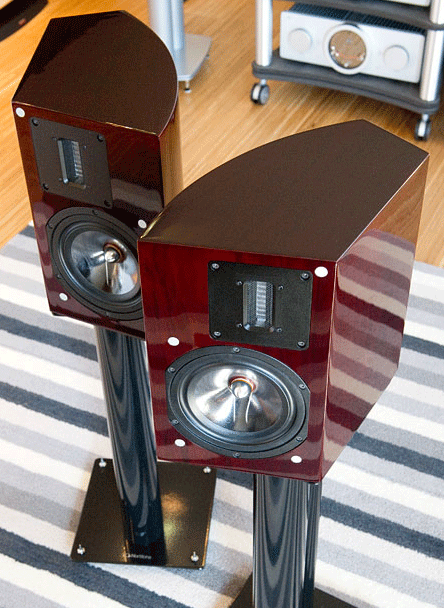
Standing a mere 13 inches tall and less than 8 inches wide, the Tanagra Lotus’s curvaceous sides gives it a “toe’d in” appearance even when aimed straight into the listening room. Its curved design has vanishingly low cabinet resonance as well as considerable visual appeal. The Lotus is a rear-ported, conventional two-way design weighing in at 34 lbs. The tweeter is a Raven ribbon specially designed by Alain Benard, and the 6.5” mid/woofer is built to specification by ATD. The crossover point is 2.9 kHz, and sensitivity is rated at 89 dB. Impedance is 4 ohms and is claimed to be stable throughout its operating range (45Hz to 20kHz).
The Lotus speakers arrived triple-boxed and individually wrapped in velvet cloths — impressive. One look at the Tanagra Lotus reveals a minimalist approach in both design and scope. On the back is single pair of 5-way binding posts. The Lotus is smaller than I had pictured and they were dwarfed by the imposing PTE Phoenix self-powered monitors, recently reviewed. But they are quite an eye-catcher in a Mappa Burl veneer. Their sculptured sides give them a look that I think will be hard not to admire. Placed on heavy-duty Anchor stands (originally designed for Talon Audio monitors), the Lotus monitors nearly disappeared! I set them up in my downstairs listening room in the usual manner; three feet off the front wall and about 24″ off the floor. Electronics included the Beyond Frontiers Tulip and Behold Gentile integrated amplifiers while digital was the Italian duo North Star. Speaker cabling was Bybee.
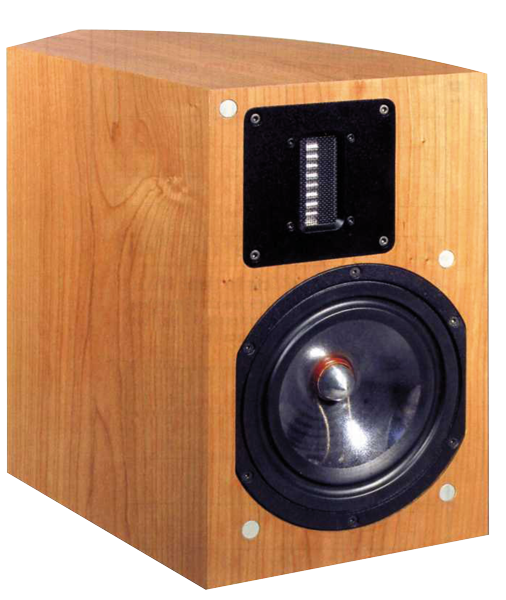
First impressions
Although ‘Frenchsound’ is known for favoring sweetness and romanticism over neutrality, there is nothing sweet or syrupy about the Tanagra Lotus. After extended listening to a variety of music styles, I felt that if there was a sonic goal behind the creation of the Tanagra Lotus monitors, it would be remarkable ability to magnify, solidify, then capture the faintest musical subtleties. Its these strengths that give the Lotus their innate ability to sharply focus many instruments simultaneously upon a three-dimensional stage, giving it a greater measure of musicality than other monitors I have heard.
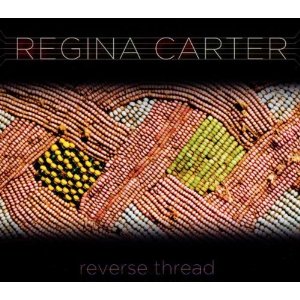 For example, the enchantingly hypnotic Kora (a type of African harp) is featured on “Kothbiro,” from Regina Carter’s Reverse ThreadCD, has an abundance of presence and dimensionality (thanks in part to drummer Alvester Garnett who oversaw much of the mastering process). Here is a particular song that I’ve been referencing over the course of many months through a variety of loudspeakers and electronics. Surprisingly, Kothbiro sounded as spatially rich as I remembered, but devoid of any aberrant colorations—such as mild midrange hump—that normally afflict speakers of this size (in a vain attempt to make them sound bigger). Visualizing the talented Mr. Yacouba Sissoko perform on his Kora alongside Regina on the violin without mistaking one for the other can be daunting on some systems. But the Lotus made quick work of each instrument by keeping them on a small stage, yet appropriately spaced to easily determine who is playing what—another indication of the Lotus’s remarkable speed, tonal acuity, clarity and focus. No, Regina Carter’s violin isn’t presented nearly as big, rich or dynamic in scale as, say, the much larger TIDAL Cera three-way floor-standers or the super-sized PTE Phoenix monitors. However, the Tanagra Lotus provided a greater disappearing act than even the far more expensive TIDAL Ceras. And they make my similarly-sized Revolver Music 3 monitors sound dark and slow-footed in comparison.
For example, the enchantingly hypnotic Kora (a type of African harp) is featured on “Kothbiro,” from Regina Carter’s Reverse ThreadCD, has an abundance of presence and dimensionality (thanks in part to drummer Alvester Garnett who oversaw much of the mastering process). Here is a particular song that I’ve been referencing over the course of many months through a variety of loudspeakers and electronics. Surprisingly, Kothbiro sounded as spatially rich as I remembered, but devoid of any aberrant colorations—such as mild midrange hump—that normally afflict speakers of this size (in a vain attempt to make them sound bigger). Visualizing the talented Mr. Yacouba Sissoko perform on his Kora alongside Regina on the violin without mistaking one for the other can be daunting on some systems. But the Lotus made quick work of each instrument by keeping them on a small stage, yet appropriately spaced to easily determine who is playing what—another indication of the Lotus’s remarkable speed, tonal acuity, clarity and focus. No, Regina Carter’s violin isn’t presented nearly as big, rich or dynamic in scale as, say, the much larger TIDAL Cera three-way floor-standers or the super-sized PTE Phoenix monitors. However, the Tanagra Lotus provided a greater disappearing act than even the far more expensive TIDAL Ceras. And they make my similarly-sized Revolver Music 3 monitors sound dark and slow-footed in comparison.
At moderate volume, the Lotus exhibited very impressive dynamics. Often, when guests would come into my dining room and hear the weight these little tykes extolled—side by side against the much bigger TIDAL Ceras—they always assumed it was the TIDALs playing!  More importantly, voices have extension, air and life behind them which I attribute to the Raven ribbon tweeter. I’ve heard few loudspeakers using a Raven tweeter and when done correctly, there’s something innately “right” about the this particular high-frequency driver. It appears to present the correct abundance of air and sparkle without a hot, brittle or dry presentation. Listening to Cannonball Adderly’s opening riff on his classic “One for Daddy-O,” from the 1958 Blue Note re-issueSomething Else!, had me toe-tappin’ and feeling giddy with delight. Whenever I listen to one of these old Blue Note recordings, I am humbled by all the rhythmic beauty and charm captured in that Hackensack studio (in 1958 no less). That, it can be faithfully restored and reproduced by such small studio monitor as the Tanagra Lotus, is no less impressive.
More importantly, voices have extension, air and life behind them which I attribute to the Raven ribbon tweeter. I’ve heard few loudspeakers using a Raven tweeter and when done correctly, there’s something innately “right” about the this particular high-frequency driver. It appears to present the correct abundance of air and sparkle without a hot, brittle or dry presentation. Listening to Cannonball Adderly’s opening riff on his classic “One for Daddy-O,” from the 1958 Blue Note re-issueSomething Else!, had me toe-tappin’ and feeling giddy with delight. Whenever I listen to one of these old Blue Note recordings, I am humbled by all the rhythmic beauty and charm captured in that Hackensack studio (in 1958 no less). That, it can be faithfully restored and reproduced by such small studio monitor as the Tanagra Lotus, is no less impressive.
Small World
A couple of days ago I received a phone call from former Fanfare International high-end audio importer extraordinaire, Victor Goldstein. Over the past two decades, Goldstein has become known for handling many top-flight products the world over. Goldstein reminded me that he was the first US importer B&W, Jadis, Siltech, Classé and ASR, to name but a few. His call was a casual hello and an inquiry into my findings on the Tanagra Lotus (which I was surprised to learn was a favorite of his). The first thing I asked was, How did you know I was reviewing these loudspeakers? And
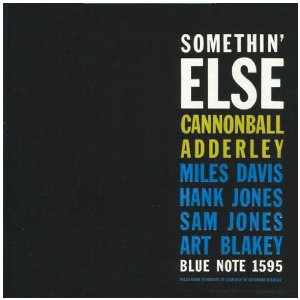
what made them among his all-time favorites? Turns out Goldstein and the Bendeck brothers are old business associates and he was the first person they contacted about importing the Tanagra line into the USA. They told him a review was underway by me. And being a long time acquaintance, Goldstein contacted me to ask how I liked the speaker. So I told him “I think they’re remarkable for their size.” And his answer to my second question as what he likes in them — in a voice reminiscent of the late, great horror star Bela Lugosi — was “…a degree of tonal neutrality that is quite remarkable, followed by startling sense of clarity and imaging. “He went on to state”…that in all the years I’ve been involved with high-end loudspeakers, these are the only monitors that rival the Rogers LS3/5a monitors—my all-time reference monitors—in terms of sheer musical enjoyment.”
For a loudspeaker built to this standard to remain in relative obscurity is old news to me. For years now, I’ve been touting the sonic excellence of mostly unknown products such as Sunny Lo’s amazing horn loudspeakers, Ralf Ballmann’s sophisticated Behold series of components and Mark Porzilli’s Memory Player. Each has become my long-term reference (five years and counting), Each still remain largely unknown to audiophiles. But anyone who has heard them and purchased them will instantly agree: these are among the best high-end components available. And in my opinion, the Tanagra Audio Lotus loudspeaker belongs among them.
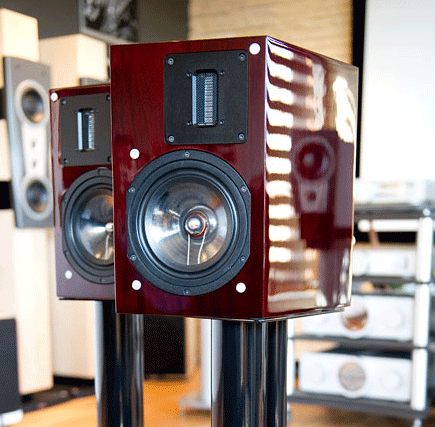
Asking $3500.00 for a pair of stand-mounted mini-monitors seems relatively expensive even in this already outrageously priced industry. But, as far as performance is concerned, they do precisely what mini-monitors are supposed to: get out of the way and reproduce music without editorializing. Build quality is exceptional. I can easily see these speakers finding great success in recording studios. They give a very honest appraisal of the source. They are fast and energetic in their recreation of source material, yet are devoid of any sonic character or mid-bass hump. They seem quite at home and self-assured in accurately reproducing the frequencies they were designed to reproduce. No more. No less. They excel at getting one closer to the source than I ever thought possible at their size. A rare and remarkable loudspeaker!
![]()
clement perry
Specifications:
– Two way loudspeaker. Crossover frequency : 2.9 kHz
– The speakers exhibit insignificant phase distortion. This is largely due to the following proprietary design characteristics:
• The full range of frequencies reproduced by each driver propagate in constant relation to each other
• Perfect phase coherence in the frequency range of 600 Hz through 5 KHz
– Remarkable and realistic dynamic range and dynamic contrast that allows for an effortless
rendition of the sound of a full orchestra. Needless to say, these loudspeakers feel
equally at home with jazz, very loud rap music and even louder rock music.
– Smooth and linear impedance curve that creates a very easy load to drive
even for single-ended tube amplifiers (low power)
– Electrical phase fluctuation approaches zero over the frequency range of 300 Hz to 15 KHz
– Woofer size 7 in (18 cm)
– Tweeter : Raven
– Sensitivity : 89 dB
– Nominal impedance: 4 ohms
– Maximum power allowed: 80 W
– Frequency response: 45 Hz à 20 kHz
– Dimensions: Width 8 in (200 mm) – Depth 13 in (325 mm) – Height 11 in (290 mm)
– Guaranty parts and labor: 3 years
Photos compliments of Mr. Boebaert Frederic
Price: $3500.00 USA
Contact
MUSITEC
5, Rue Forget
F 67000 STRASBOURG
Tél.: 03 88 36 28 34
musitec@wanadoo.fr
![]()
Don’t forget to bookmark us! (CTRL-SHFT-D)
Stereo Times Masthead
Publisher/Founder
Clement Perry
Editor
Dave Thomas
Senior Editors
Frank Alles, Mike Girardi, Key Kim, Russell Lichter, Terry London, Moreno Mitchell, Paul Szabady, Bill Wells, Mike Wright, Stephen Yan, and Rob Dockery
Current Contributors
David Abramson, Tim Barrall, Dave Allison, Ron Cook, Lewis Dardick, Dan Secula, Don Shaulis, Greg Simmons, Eric Teh, Greg Voth, Richard Willie, Ed Van Winkle, and Rob Dockery
Music Reviewers:
Carlos Sanchez, John Jonczyk, John Sprung and Russell Lichter
Site Management Clement Perry
Ad Designer: Martin Perry





Be the first to comment on: The Tanagra Audio Lotus loudspeakers